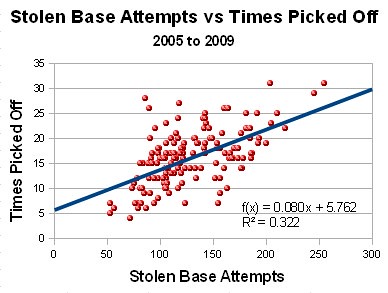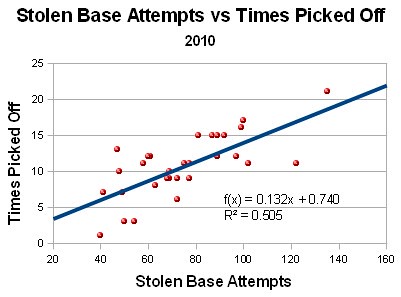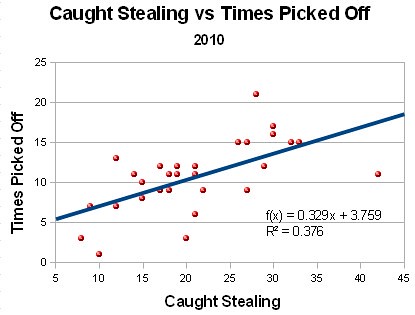2010 Trade Value: Introduction
This post has been updated to once again acknowledge Bill Simmons as the originator for this series, which I adapted for MLB beginning in 2005. Credit has been given to him in every year since, but was unfortunately left out of this introduction at the time it was published. All credit for the idea goes to Bill.
They say time flies when you’re having fun, so the last year must have been a blast, because I can’t believe it’s been 12 months since I was getting lampooned for leaving Pablo Sandoval off the 2009 Trade Value series. So far, I’m okay with that decision, but it is time for us to re-evaluate and do it all over again. And so, over the next week, we’ll take a look at which 50 players in baseball have the most value to franchises besides their own. The criteria, as I stated last year, is as follows:
Essentially, the idea is to take all the information that goes into encapsulating a player’s value to an organization – his present skills, his future potential, how long he’s under club control, the expected cost of paying him over that time, and the risks involved with projecting his future performances – and figure out which players currently have the most trade value in baseball. The #1 guy wouldn’t get traded, straight up, for any other player in baseball. The #10 guy is someone who his organization would call untouchable, but if one of the nine guys above him was made available, they’d rethink that stance. You get the idea.
You can find the entire list from last summer here, and the trade value category has all of the individual posts, where we summarize the thoughts on five players at a time. We’ll follow the same format this year, running the series all week and wrapping it up next Monday with the top five.
Again, I want to emphasize that this is a post about trade value, not a ranking of player performance. How well they do on the field is obviously a significant factor, but teams don’t simply make deals based on how good a guy is right now. There are numerous factors, of which contract status is perhaps the most important. There’s a reason Cliff Lee has been traded three times in the last year, and it’s not because teams don’t want him. So, just because a player is not on this list does not mean I don’t think highly of his abilities (or that I hate the team he plays for). In fact, there are some tremendous players who didn’t make the cut. Here’s a few of the guys who just didn’t make it and a quick explanation as to why.
Carlos Gonzalez, CF, Colorado – There aren’t many guys who can play a legit center field and hit the baseball a long way, but Gonzalez brings both skills to the table. Unfortunately, the rest of the game isn’t quite as refined, and his approach at the plate is a problem. His aggressiveness can and will be used against him, and when pitchers adjust, he’ll need to as well.
Jaime Garcia, SP, St. Louis – The young LHP is having a tremendous rookie year for the Cardinals, but after posting a 70 percent ground ball rate in April, he’s become far more ordinary since. Since he doesn’t rack up that many strikeouts, he needs to either improve his command or lead the league in GB% in order to sustain his present results, and we haven’t seen that he can do either just yet. If he has another few months like his first one of the year, he’ll be on this list next year, but we need to see more.
Adrian Gonzalez, 1B, San Diego – There’s nothing wrong with Gonzalez’s skillset, but he’s a case where contracts come into play. He’s a bargain for 2011 at just $4.5 million in salary, but then he’s a free agent and he’s looking for a huge, huge paycheck. The Padres could get a lot for one year of Gonzalez, but I don’t think any of the teams who have guys on this list would swap them for the time that is left on his contract.
Joe Mauer, C, Minnesota – Another great player done in by his contract. I think he’ll end up being worth the big deal he signed with the Twins, but the fact is that there are only a couple of teams in baseball that can absorb the risk that comes along with a contract like that, and those teams wouldn’t create enough demand to drive up the price in talent to give the Twins a premium return for their star. He’s a tremendously valuable player, but he’s an expensive one, and it’s hard to see any team giving up a high quality, cheap young player while also taking on that kind of financial commitment.
Brett Anderson, SP, Oakland – As Bryan Smith will tell you, I am an Anderson fanboy. He is pretty much everything I love in a pitcher, as a lefty with good command of terrific stuff who gets both groundballs and strikeouts. The only he thing he doesn’t have is health. He’s on the DL for the second time this year with arm problems, and that is a huge red flag for any young pitcher. A healthy Anderson ranks very highly on this list, but unfortunately, a healthy Anderson doesn’t exist right now.
Who did make the cut? Come back at 5 pm for the guys who make up the #50 to #46 spots, and then we’ll do two posts a day for the rest of the week to get us up to #6. You can then have all weekend to speculate on the top 5, which will be revealed next Monday.








